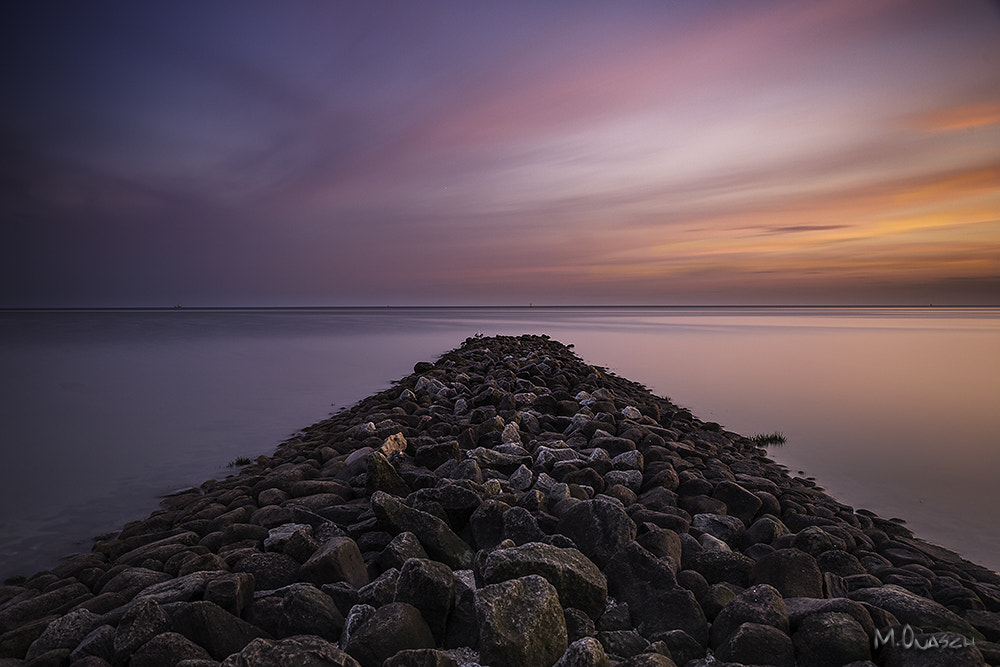
The Danube-Predominant switch system consists of a total of three lakes, together with the Altmühlsee with a ring dam and two dams with Brombach and Rothsee, which include 5 dams resulting from their pre-dams, three hydroelectric power plants at the dams and the Hilpoltstein lock, the canal routes to the Altmühlsee and from there to Brombachsee as well as 27 other weirs on watercourses, a few of which have been expanded to accommodate increased water flow. The outdated grinding and sawmill with its three water wheels was changed by the Bavarian state during the construction of the Kleiner Brombachsee and demolished in 1986. For 1837 we be taught that the Öfeleinsmühle is a grinding and (separately standing) sawmill that has two grinding aisles and a tanning aisle and that features nearly 2 days of ponds, a small vegetable garden, 33 days of arable land, 11.5 days of meadows and 108 Day's work includes forest. West-Central Franconia, during which intensive agricultural use just isn't attainable and relatively little trade is positioned, was structurally supported by way of the simultaneous creation of a local recreation area for the Nuremberg metropolitan space.
The landscape protection measures embrace the creation of nature reserves, such because the chicken island within the Altmühlsee or the shallow water areas of the Großer Brombachsee. The Öfeleinsmühle was a district of the previous municipality of Ramsberg and one of a total of 14 wastelands that have been demolished on account of the flooding of the Igelsbachsee, the Großer Brombachsee and the Kleiner Brombachsee. In Might 1964, the world of today's Brombachsee was considered suitable for forming a dam to absorb the Altmühl floods. The mill constructing with the related farm had a pond and was situated within the Brombachtal immediately on the Brombach between the Birkenmühle and Langweidmühle property, which was additionally declined by the great Brombachsee. South financial institution of the good Brombachsee, about three kilometers northeast of Langlau and 2.2 kilometers northwest of Ramsberg near the Weißenberg. At the entrance of the mill constructing there was a coat of arms that confirmed a mill iron via which three roses develop. The outer castle was delimited from the subsequent plateau by a ditch about three meters deep.
In entrance of the northwestern slender side of the outer wall there is one other square wall residue round the location of a presumed outer castle. The terrain is hilly and shaped by meadows and fields. The small Spornburg was the previous seat of the local nobility, they usually later moved to the newer complex inside the quick neighborhood, the place Geyern Castle is positioned. Geyern Castle, whose construction dates again to the 12th or thirteenth century primarily based on the form of the complicated, was the later headquarters of the Lords of Geyern, who have been mentioned since 1255. There it was valid and valid since the early 17th century at the most recent (doc from 1608); In line with a document from 1612, the Fraisch was disputed between the Teutonic Order and the Margravial Ansbach Workplace of Gunzenhausen. In 1355 it was sold to the Teutonic Order of Franconia in Ellingen and thus returned to the Teutonic Order. Based on a doc from 1608, the mill was owned and operated by the Teutonic Order in Ellingen; However, in response to a doc from 1612, the Fraisch was disputed between the Teutonic Order and the Margravial Ansbach Office of Gunzenhausen. Since that they had been given the office of gifts from the Counts of Hirschberg, they called themselves "present of geyern" from 1310.
The place was partly a part of the Episcopal-Eichstattische Amt Arberg-Urbau. This page was final edited on May 1, 2023 at 7:12 p.m. This page was last edited on November 4, 2022 at 6:36 p.m. This web page was final edited on July 28, 2023 at 4:Fifty two a.m. This page was final edited on June 18, 2021 at 6:Forty six a.m. This web page was last edited on April 2, 2021 at 7:02 p.m. No documentary mentions are known about this small castle advanced, it may have been the seat of the Reich Ministerial household of that of Thannhausen. Nothing extra is known about this small castle complicated, neither who once had it built nor who sat on her or why it was destroyed. Because the castle stables have not been archaeologically examined so far, it is not known when the local lords of Geyner moved from the primary castle to the second castle advanced, positioned in a south-southwest path and 280 meters away. The hiking trail starts in Dachsbach im Aisch-Grund and leads south through the forest to Tanzenhaid and on to Emskirchen. It's 83 km long and leads from Aisch-Grund across the Rangau to the Franconian Lake District. Since sailing has declined and increasingly more of the prevailing water berths, which were by no means totally rented, stay free, the "Floating Village Brombachsee" project was launched in the port of Ramsberg.
For more info in regards to English (click web page) take a look at our own web-page.